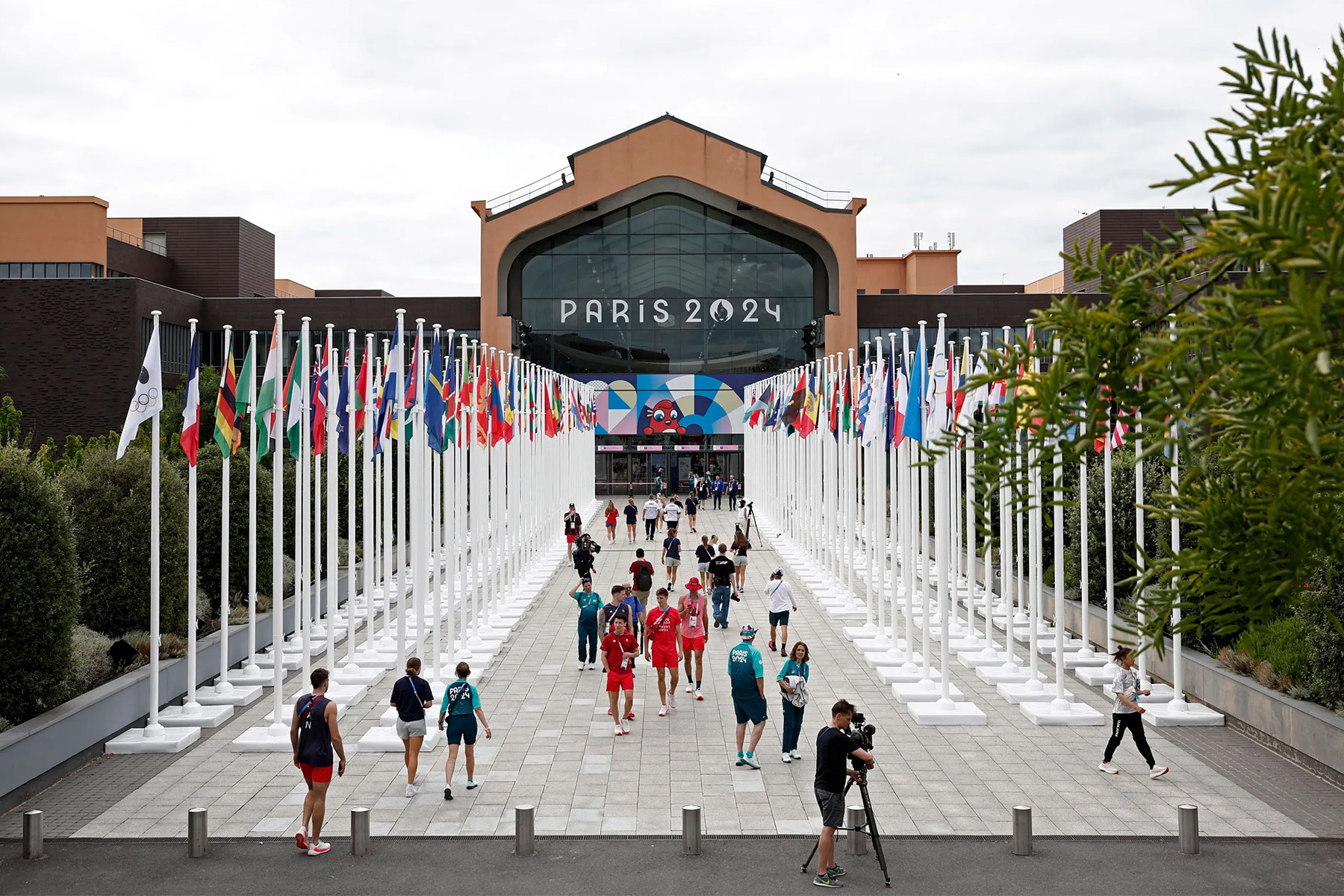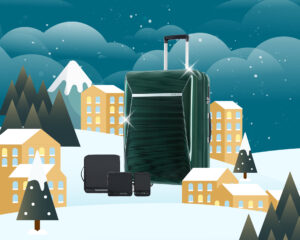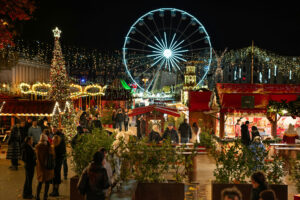Though it is such an important part of the Olympics, the Village remains a mystery, thanks to strict security and the fact that most of the attention is (rightfully) on the intense competition taking place in the stadiums and arenas. That doesn’t make us any less curious, however. As athletes arrive and settle down in their room and board prior to the official opening tomorrow, we’ve been getting glimpses into what life is like in the Village.
Here’s some interesting facts about the Olympic Village in Paris this year to get you into the mood for the festivities and excitement of the games.
View this post on Instagram
The Olympic Village in numbers
Spread across three areas of Paris, the Olympic Village will accommodate 14,250 athletes during the Olympic Games, and a further 8,000 during the Paralympic Games. Using repurposed land and buildings, the Village takes up around 330,000 square metres of space.
Athletes will be staying in accommodations in either Saint-Denis, Saint Ouen or L’Île-Saint-Denis, and are commonly assigned buildings by country.
The dining hall is open 24 hours a day and will be serving up to 60,000 meals daily.
View this post on Instagram
What goes on in the Village?
Aside from rest and relaxation, the Village is also home to the main dining hall for all athletes and their contingent, including coaches and trainers.
Athletes also have access to gyms, training facilities, and six saunas in the 2,600-square metre fitness centre, so they can make sure they stay in top form to win.
There’s a multi-faith centre on-site catering to all represented religions. For all other needs, there’s the Village Club, where an outdoor bar (serving non-alcoholic drinks only) is found as well as the Disconnection Bubble, where athletes can escape screens and relax in massage chairs.
View this post on Instagram
Paris 2024 and Sustainability
The question of space and sustainability is a big one every four years. After building huge buildings and the infrastructures around them, what happens? And is all that cost (monetarily, socially and environmentally) worth it for a two-week-long event?
Paris 2024 was committed to hosting a low carbon footprint event, so 95% of the buildings and stadiums were repurposed from existing structures. Recyclable and recycled materials were prioritised along with more sustainable options like wood and glass.
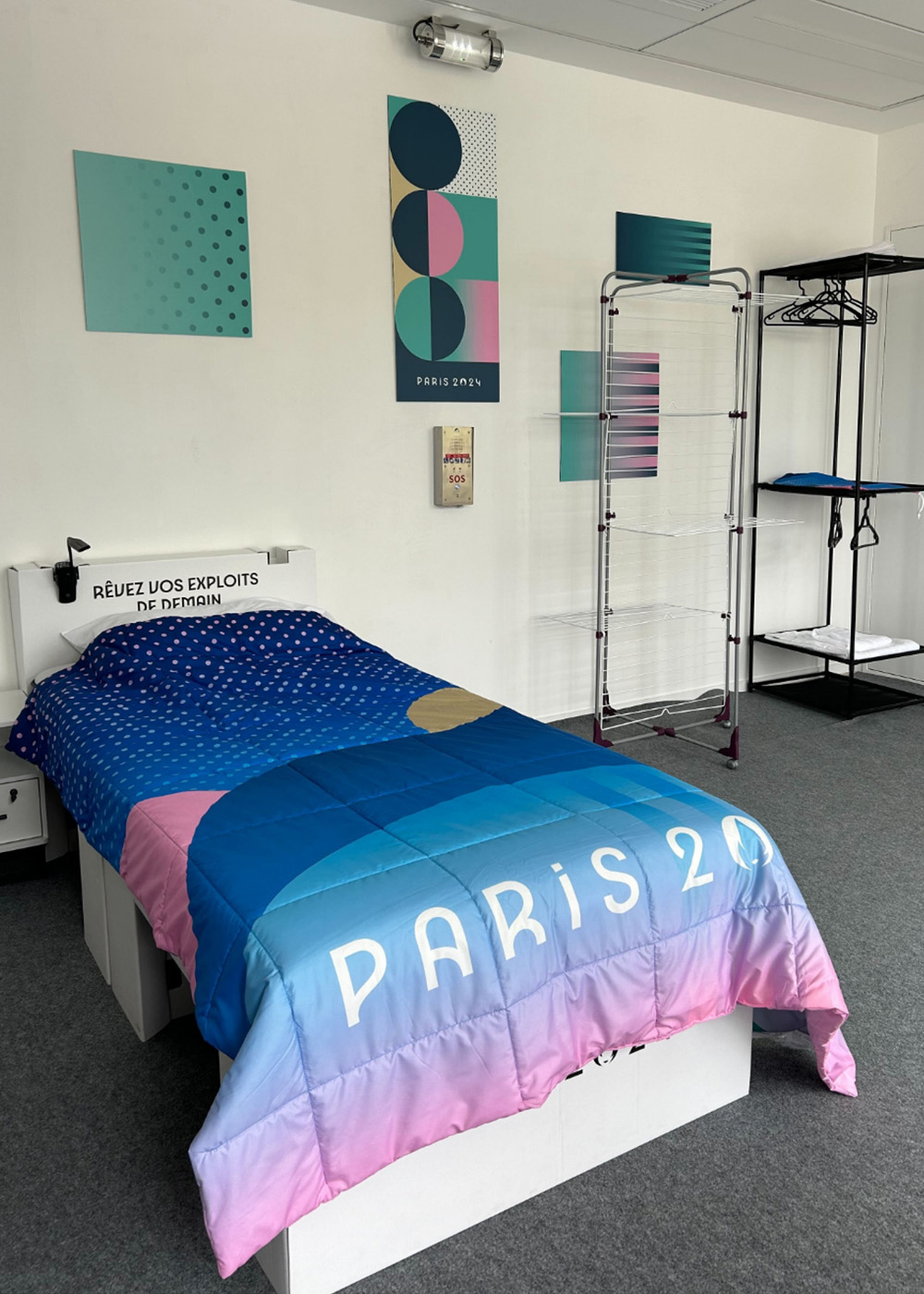
In the Village specifically, the use of fully-recyclable cardboard beds, first introduced during the 2021 Tokyo games, returns. The committee also decided against air conditioning, opting instead for a water-cooling system and natural wind tunnels in the gaps between buildings to allow cooler air to flow from the Seine. Solar panels are fitted to increase renewable and regenerative energy use in order to meet their environmental goals as well.
What happens to the Village after?
For Paris 2024 and in line with their sustainability goals, the Village will transform into a new neighbourhood, turning the repurposed structures into 2,500 new homes, a student residence and a hotel. Up to 120,000sqm of buildings will be used as future offices for companies and city services, while a further 3,200sqm will house shops for the neighbourhood. Plus, a three-hectare landscaped park and a combined seven hectares of smaller gardens and parks will create green spots inside.
Transformation works will begin in November this year so the new neighbourhood can be functional by 2025.
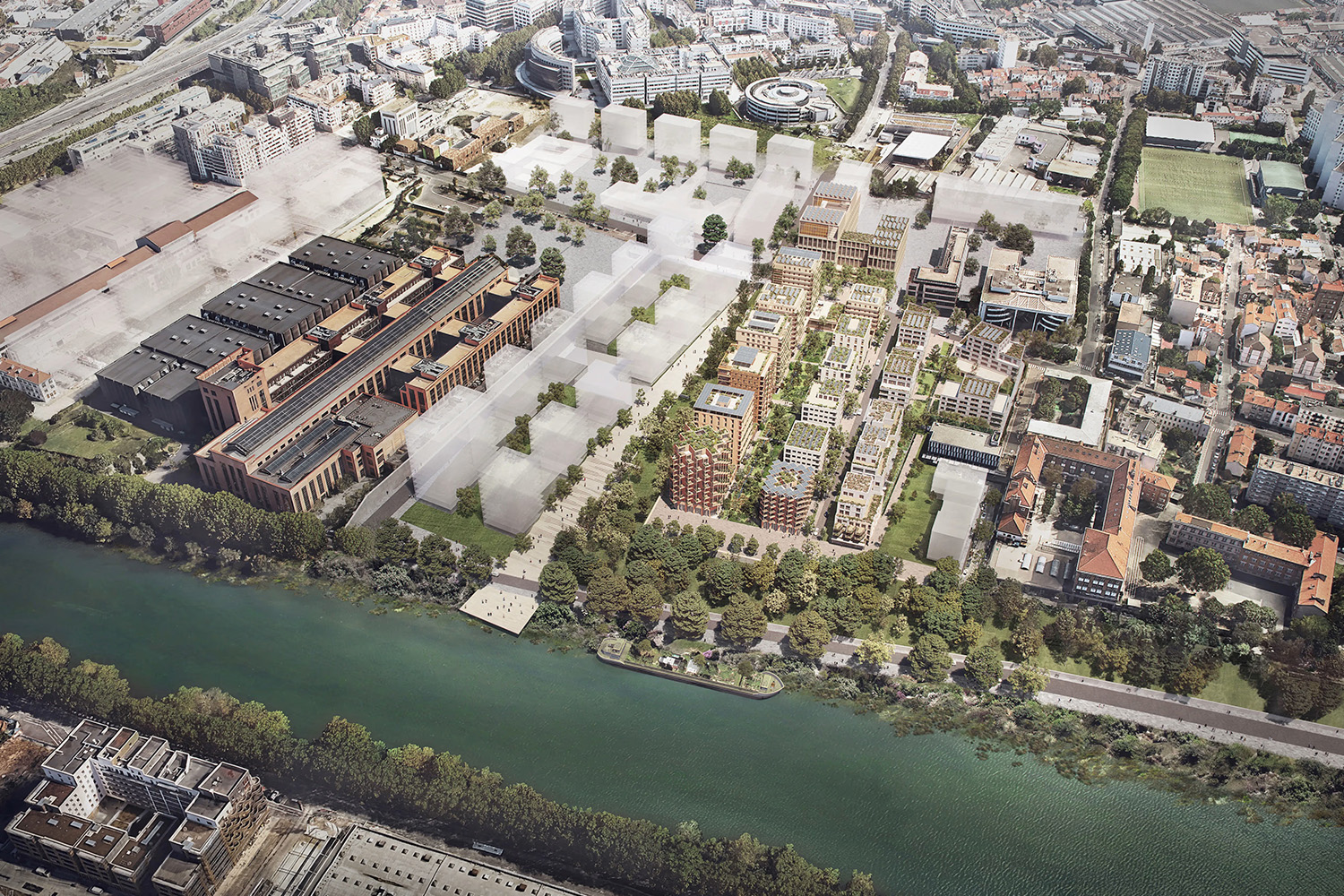
Preparing the Olympic Village is quite a feat, and as the games officially kick off, we’ll hopefully learn and see more from the Village as time goes on.
See more coverage of the Paris 2024 Olympics here.
Featured image: Reuters




